
AI Applications in Agriculture
May 29, 2025, 1:32 pm
Artificial Intelligence (AI) is a set of technologies that enable computers and other machines (such as robots) to carry out tasks that were previously believed to need human judgment, creativity, and initiative.
AI involves machines' capacity to operate independently and "learn" from vast amounts of input data without needing to be specifically programmed to do a given task.
HOW AI SYSTEMS LEARN
The majority of AI systems learn by continuously adjusting a wide range of parameters based on training data to demonstrate to the system the expected outcome when given a certain input. Machine learning techniques and, more recently, deep learning are used in this.
AI aims to replicate the natural learning process, in which an individual progressively acquires specific knowledge and abilities by constant trial and error. This method has several important benefits, including allowing for increased algorithm adaptability and agility and overcoming the difficulty of human programmers creating multivariable algorithms for complex tasks—tasks that they might not be able to complete.

As AI systems learn they will eventually match or even surpass human ability in some domains. AI can take on a share of many "clever" tasks (which are frequently resource-intensive) and finish them in a fraction of the time and effort required by a human, especially when combined with other technologies. These tasks range from transcribing handwritten texts to identifying objects and patterns in images to providing complex predictive analysis.
For instance, it can take a human specialist several days to go around 400 acres of farmland and find spots where crops are not getting enough water or fertilizer. Rather, fertilizer and water are sprayed evenly across the whole farmland at specific times. Alternatively, by examining actual drone photos of fields, an AI system can rapidly determine which areas require fertilizer or water, enabling targeted application of these resources.
Opportunities to enhance current agricultural methods are presented by AI's capacity to carry out intelligent tasks.
AI Applications in Agriculture
The following are a few general areas where AI is being used in agriculture:
Crop, Soil, and Livestock Monitoring
Artificial intelligence (AI) technologies can help farmers keep an eye on the health of their livestock, crops, and soil while also promptly recommending specific courses of action.
AI algorithms, for instance, can assist in determining the ideal time to plant seeds, gather fruits, apply fertilizer, and/or give livestock particular treatments by evaluating inputs from field sensors or examining photos. They can also assist in identifying which specific plants or animals need to be helped, which enables the optimal utilization of available resources.
The stages and components that are involved in digital agriculture are depicted in the picture below:
- sensors monitor the crop to generate data captured by a platform
- these data are processed by specific software and AI
- intervention options are provided; the farmer decides how to act on the crop (directly with their own equipment or indirectly via automated equipment).
Detection of Pests and Diseases
Artificial intelligence (AI) systems can analyze digital photos captured by drones, agricultural robots, or farmers using a basic smartphone camera to identify pests and provide practical guidance to agricultural workers on how to stop their spread, care for afflicted plants, or lessen the harm done.

AI is also capable of analyzing cattle behavior data to find anomalies and identify possibly ill animals, enabling prompt treatment.
Weather and Temperature Forecasting
AI algorithms are able to assist with local weather and temperature forecasting using historical data and measurements made by local weather stations and field sensors. Better weather and temperature forecasting, can help framers to make better decisions on when to sow seeds, apply pesticides and plan for harvesting.

Predictive Analytics
Artificial intelligence (AI) can produce precise forecasts regarding yields and possible product quality by evaluating a variety of field data and/or plant photos. Farmers can use this to estimate their earnings and decide how much to sell and how much to keep for their own use.

In order to forecast demand for a certain agricultural product, artificial intelligence (AI) systems can also be utilized to examine consumption trends. Producers can be informed of these forecasts to prevent shortages or excess inventory.
Autonomous Agricultural Robots and Farm Equipment
AI systems can be installed on robotic platforms to guide and manage their labor while carrying out assistance duties like fruit gathering, fertilizer and pesticide application, targeted irrigation, and moving equipment around a farm, among other things.

As technology and user needs change, new applications might appear in previously unexplored areas. For example, small-scale farmers may use AI to obtain insurance and financing. Lenders can more reliably lend money to small farmers to help them increase productivity by using AI-powered analytical tools to assess credit risks.
When combined with big data and enhanced connectivity (with the arrival of 5G), artificial intelligence (AI) has the potential to enhance agricultural output tracking in order to enforce responsible behavior and practices, track food distribution and delivery, and monitor product quality.
Key Factors Affecting the Use of AI in Agriculture
The recent success of AI has been largely driven by progress in the following three areas.
Computing Power and Capacity
Over the past few decades, processing units have advanced significantly; new units are now ten times faster than those from the early 2010s. Furthermore, the advent of cloud computing has made on-demand computation and storage services significantly more affordable.

All of these developments make it possible to create and implement sophisticated AI algorithms that usually require a large amount of computing power, which was previously expensive and limited.
Data
There has been a significant increase in the ability to collect, aggregate, store, and retrieve data. A growing amount of data may be utilized to train AI systems in a wider range of fields thanks to the digitization of many everyday tasks, the ongoing installation of sensor networks, the emergence of the Internet of Things, and Big Data. By the end of 2025, there could be 10 times as much data as there was in 2016, or 163 zettabytes (one trillion gigabytes), according to the International Data Corporation.
Algorithms
As computer science and mathematics have advanced, so too have methods and strategies for creating AI architecture and instructing AI algorithms. More accurate AI systems as well as models that learn more quickly and use less training data have emerged as a result of advancements in neural network design. As more algorithms and approaches were learned, AI systems got more dependable and adaptable, creating opportunities for innovative applications.

Implementing an AI Solution for Agriculture
Like with other technologies, assessing an AI solution's potential applicability to a given problem entails first identifying the use case, then formulating important guiding principles (including regulatory requirements, stakeholders, legal framework, how well the solution integrates with current systems, scale, and other important requirements), and finally deciding which technology or architecture will best help address the case's problems.
Examining existing, proven solutions is a crucial first step since, in certain situations, there may be a simpler, less expensive, and less resource-intensive alternative that may be used to solve the most pressing problems without the need for artificial intelligence. Because basic connectivity is necessary for the operation of many digital platforms and will immediately grant access to a vast array of tools and services, it must typically come before any elaborate initiatives.

SMS-based services and mobile networks' greater coverage could be used to provide crop and cattle producers with notifications and guidance in areas with relatively weak digital infrastructure and poor internet connectivity. The main emphasis should be on the infrastructure and tools that enable the provision of the most pertinent services to the greatest number of individuals at the most affordable price.
Under such circumstances, a thorough needs analysis should focus on local conditions and user needs. Specific user needs at different stages of the agricultural value chain should be addressed via a user-centric approach to solutions.
Digital literacy, attitudes toward technology, and other pertinent aspects that may affect their utilization should all be taken into account in that approach. As this article's several use cases demonstrate, intended users may frequently lack technical expertise and may harbor prejudices against digital technology and gadgets.

The uptake can be significantly increased by addressing these issues with a suitable design and distribution plan (for example, by simplifying the tool interface and hosting seminars and training for the local community).
One of the top priorities is interoperability and shared infrastructure. Applications in other industries may benefit from some of the infrastructure and equipment required for an AI agricultural solution. For instance, an aerial imaging system for agriculture field monitoring might also be utilized for early warning and catastrophe preparedness.
Preventive healthcare (such as messages with dietary and medical advice) can be sent via an app that receives information about the weather. Finding other interested parties and partners may be achieved by discovering a tool's multiple functions. This could lead to the discovery of shared finance options, increased community engagement, government backing, and the avoidance of effort duplication.
Another crucial necessity is forming alliances and involving local stakeholders. Local stakeholders can provide innovation implementers with vital support in the form of resources and community participation. As a result, it is advised to involve them early on in order to get their input and search for areas of overlap.
Along with the aforementioned, developers and implementers should consider the potential disadvantages of target groups adopting AI widely and devise plans and solutions to lessen any bad effects. Priority should be given to financially accessible AI solutions that enhance rather than replace the labor of human farmers when evaluating the effects of AI on local employment, especially seasonal jobs.
Giving farmers access to diagnostic and monitoring tools that were previously unattainable in order to enhance resource efficiency and stop crop losses through prompt pest detection, for instance, might significantly boost yields without endangering jobs. Rather, as more personnel will be required to harvest and transport larger quantities of crops, such an AI application is more likely to result in the creation of new jobs.

CONCLUSIONS
AI technologies depend on automated systems, the use of robots and drones, and the growing use of sensors and aerial photos to provide data for land usage and crops using deep learning technology.
If a number of obstacles to its widespread adoption are overcome, particularly for farmers in poor nations, the use of machine learning in diverse agricultural practices is anticipated to increase significantly in the upcoming years.
While the application of AI in the agriculture sector is expected to increase, it is crucial that farmers have access to current training to guarantee that the technologies are utilized and keep getting better.
Unlike other industries where risk is easier to model and predict, agriculture is impacted by environmental elements that are beyond its control, therefore extensive testing and validation of new AI applications will be essential.
The main obstacle is making sure AI applications in agriculture have no significant negative outcomes and that target populations equitable and widely share their advantages. If this is done, the sky is the limit for AI applications in agriculture.
REFERENCES
FAO AGRICULTURE 4.0: Artificial Intelligence for Agriculture
International Data Corporation: How is AI Shaping the Industries of the Future
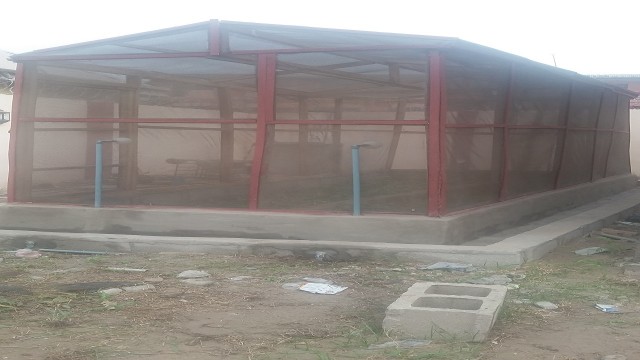




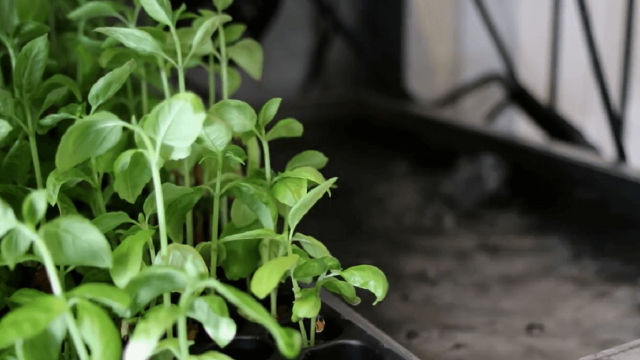
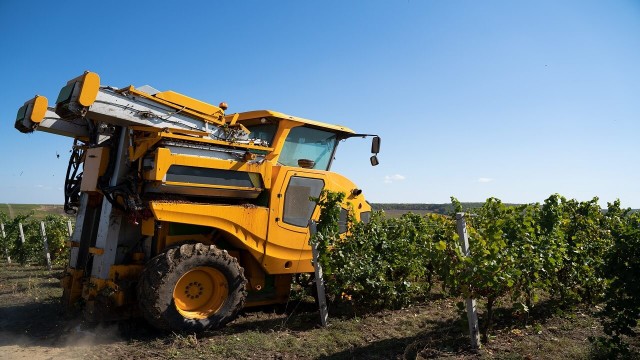

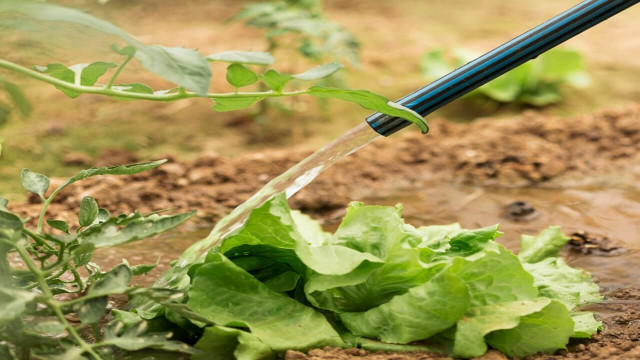


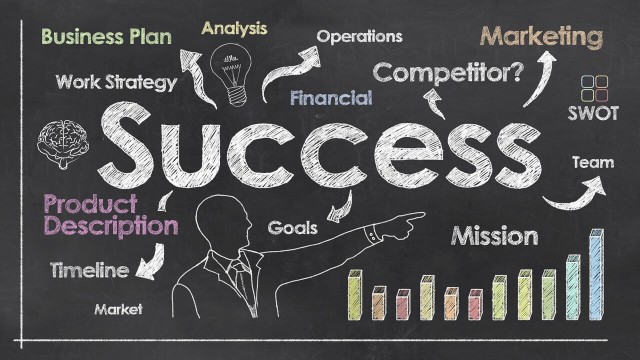
Share This Article: